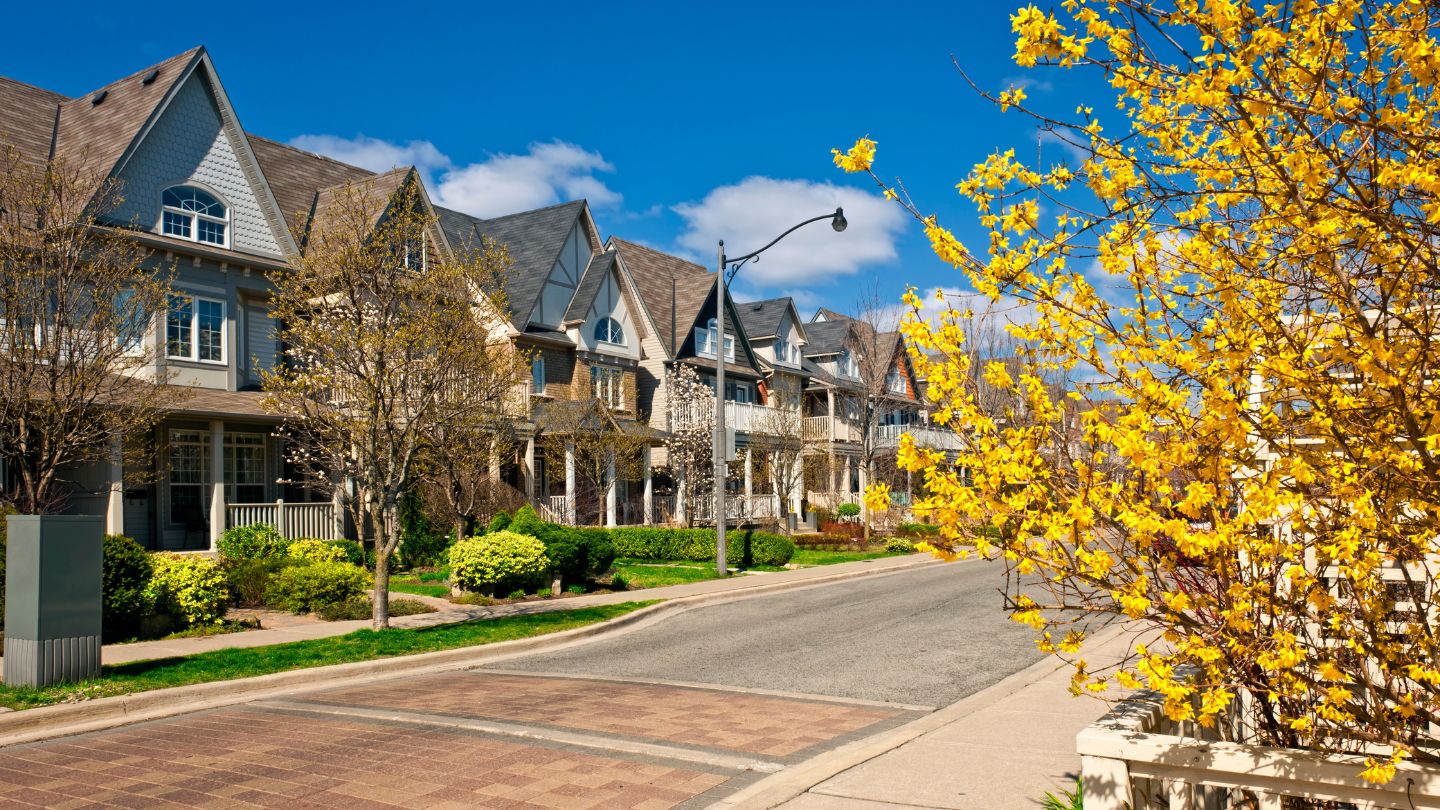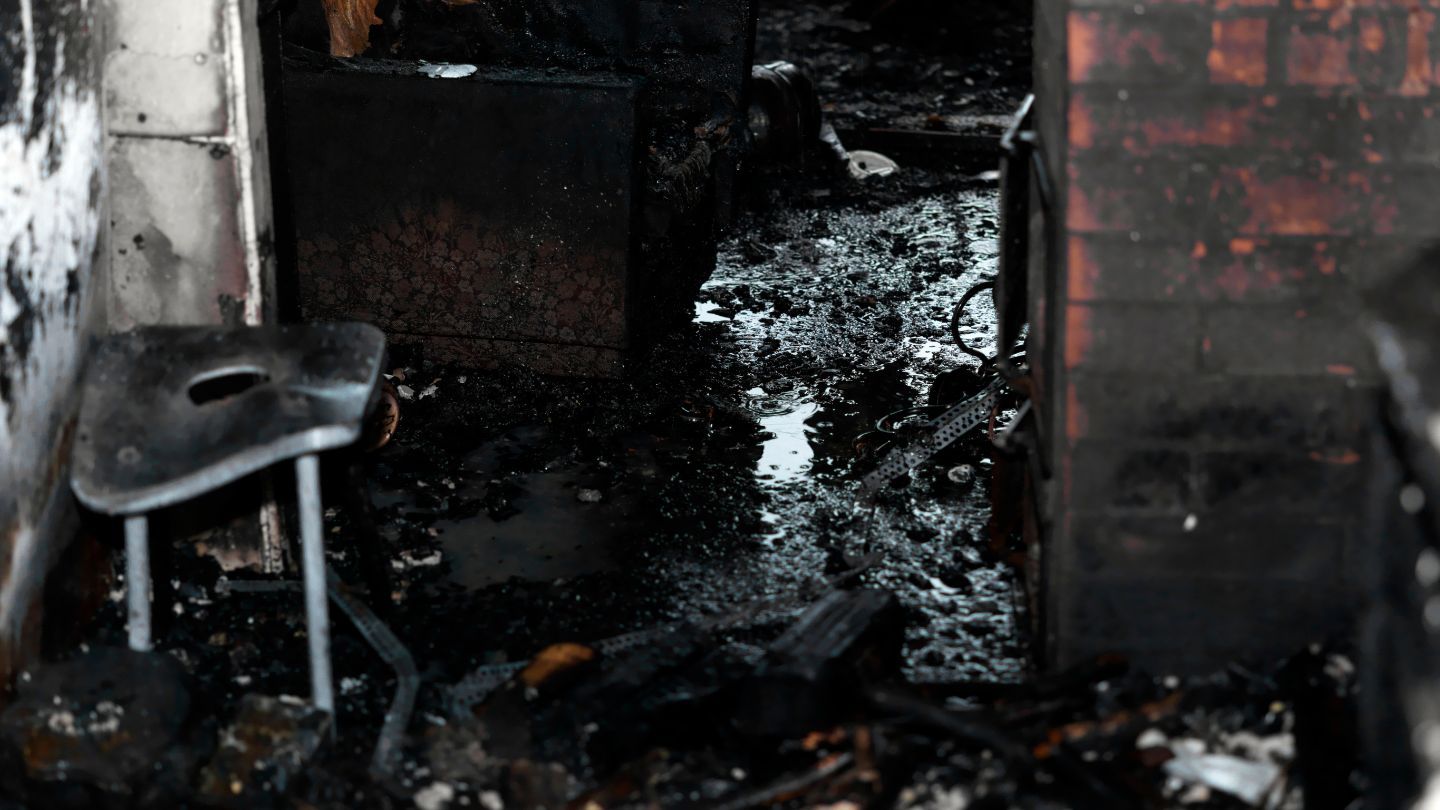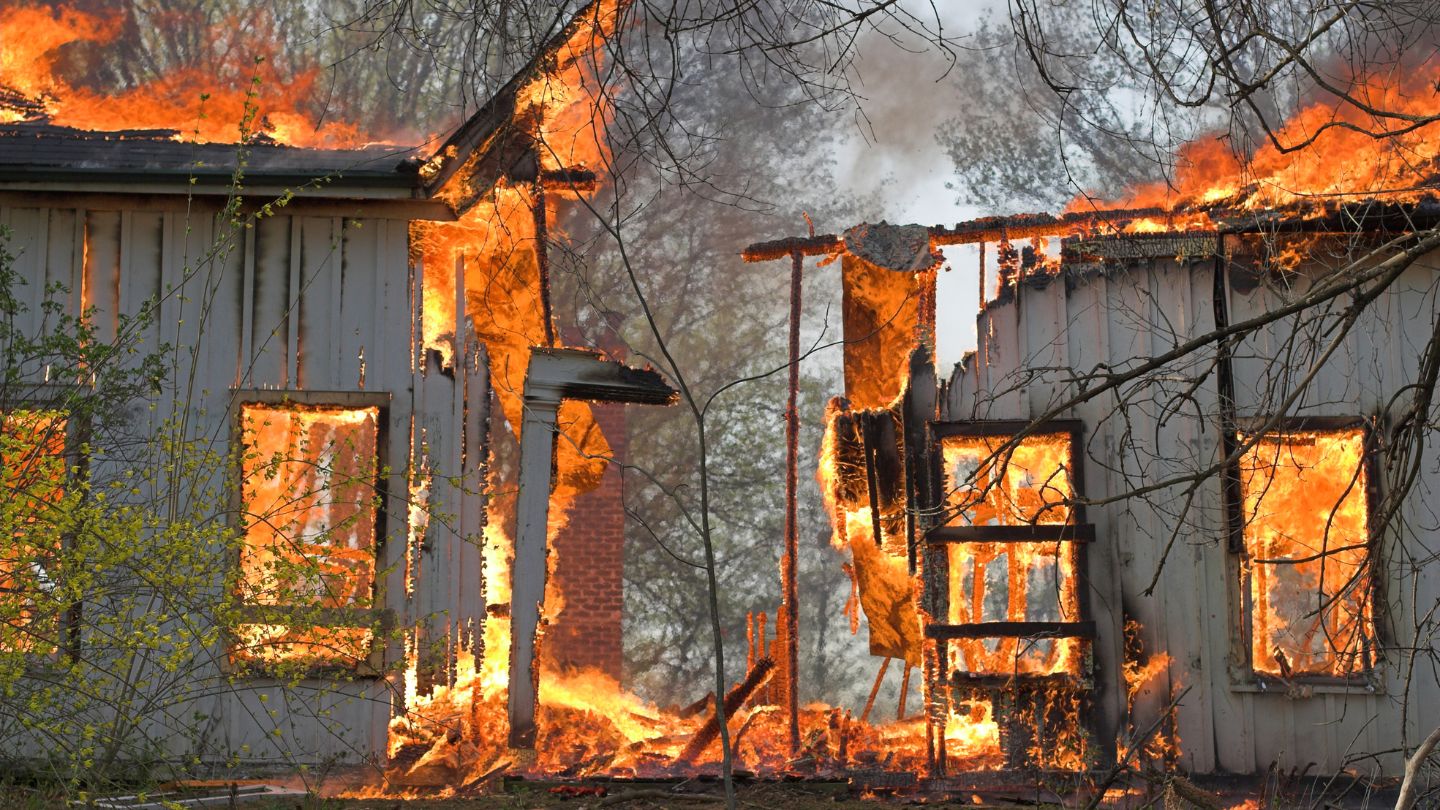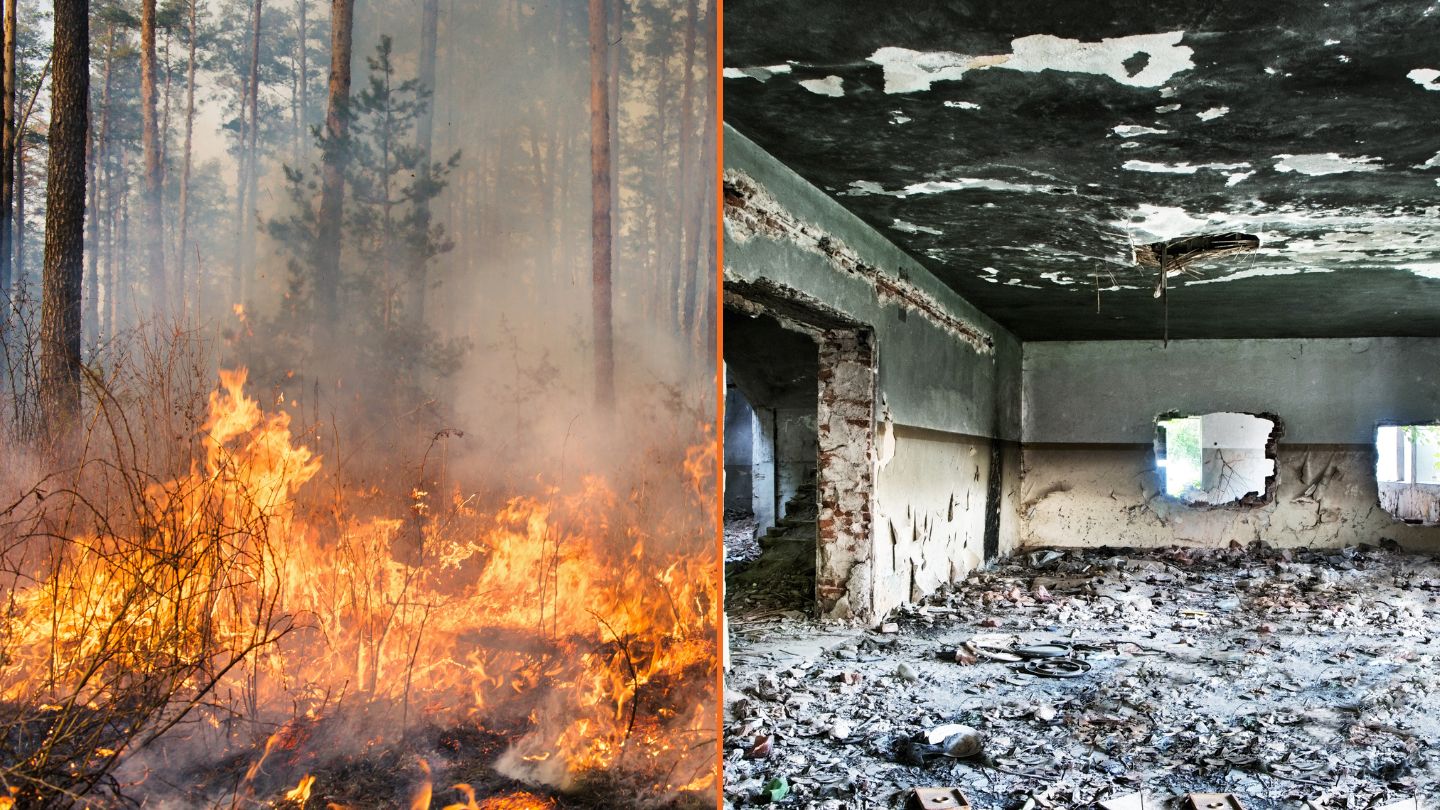Homeowners in Fayetteville need to know the differences between wildfire vs building fire restoration: what homeowners in Fayetteville need to know. Wildfires cause widespread damage, affecting landscapes and multiple structures, while building fires impact individual properties. This guide explores how restoration differs between these scenarios, helping you navigate the recovery process effectively.
Key Takeaways
- Wildfire and building fire restoration require distinct approaches due to differences in damage scope, hazard presence, and affected structures.
- Prompt, professional restoration is crucial for minimizing damage and health risks from fire and water exposure, often involving multiple specialized processes.
- Preventive measures, including regular inspections and fire-resistant materials, can significantly reduce the risk of both wildfires and building fires impacting properties.
Understanding the Differences Between Wildfire and Building Fire Restoration
Fires that occur in the wild and those within buildings, although both devastating events, necessitate distinct methods of restoration due to their differing natures. The expansive reach of wildfires inflicts broad damage on vast landscapes and structures, while building fires usually impact confined interior spaces, posing distinct restoration challenges.
In both cases, damage can be divided into two types: primary destruction from flames and secondary effects from smoke and firefighting water. Wildfires often leave behind scorched terrain, toxic ash, and lingering pollutants that infiltrate HVAC systems, roofing, and insulation. Restoration must address contamination over a wide area, sometimes spanning multiple properties.
Building fires, on the other hand, typically result in concentrated structural and content damage. Personal items like furniture, appliances, and electronics are often affected, while hidden damage may compromise wiring, drywall, or plumbing. Restoration for structural fires must also include odor control and detailed content cleaning, especially in densely built urban homes or businesses.
Impact of Wildfires on Residential and Commercial Properties

Entire neighborhoods can be ravaged by wildfires, resulting in widespread destruction of both homes and places of business. The ferocity of these fires can obliterate properties, leaving a wake of significant damage. In arid conditions, the swift spread of wildfires frequently exceeds the capabilities of those trying to control them, often leading to total ruin for many structures.
To cause immediate structural harm, wildfires emit dangerous toxins into the atmosphere, such as asbestos and chemicals from incinerated plastics, which present serious health concerns for impacted individuals. Even after flames are successfully put out, smoke damage persists with invasive odors that require comprehensive restoration efforts focused on fire damage before premises can again be deemed safe and livable.
An uptick in both wildfire frequency and severity has been linked to climate change. This highlights an urgent need for effective repair strategies that address lasting repercussions faced by affected communities and companies.
Common Causes and Risks of Wildfires and Building Fires
Grasping the primary sources of wildfires and building fires is key to devising effective fire safety strategies. Human activities account for around 85% of all wildfires in the United States, often sparked by abandoned campfires, faulty equipment, and tossed cigarette ends. Natural factors like lightning strikes also contribute notably to ignitions, especially when “hot lightning” sets alight parched vegetation. Careless practices related to outdoor burning compound these risks, underscoring the necessity for conscientious conduct.
In contrast, building fires typically stem from electrical issues or defects. Hence, routine inspections and upkeep are essential components of fire prevention measures. Kitchen mishaps caused by unmonitored cooking processes frequently result in small residential fires.
Recognizing and distinguishing between the unique causes behind wildfires and structural blazes can facilitate crafting specific preventative approaches aimed at diminishing their occurrence, with an overarching goal of mitigating such catastrophic incidents’ incidence rates.
Assessing Fire Damage: Initial Steps for Property Owners
Following a fire incident, the initial priority is to ensure the property is safe and cleared for professional evaluation. Re-entry should only occur after official clearance by the Fayetteville Fire Department to avoid hidden structural or environmental hazards.
Once approved, licensed restoration professionals conduct detailed inspections while wearing protective gear to prevent exposure to soot, debris, or airborne contaminants. They use advanced tools such as thermal imaging and moisture meters to detect hidden damage and instability. Documentation of the damage—through high-resolution photos, condition reports, and structural assessments—supports insurance claims and guides the entire restoration process from start to finish.
Professional Fire Damage Restoration Process

It is imperative to enlist the expertise of professional fire damage restoration services for a comprehensive and successful recovery effort. The restoration process encompasses multiple intricate phases such as assessing the extent of fire damage, securing the affected property against additional harm, performing cleanup tasks, and carrying out reconstruction efforts. Experts in this field apply their specialized skills and advanced equipment to efficiently and safely restore properties impacted by fire.
Taking swift action is crucial, especially within the initial 24 hours following a fire incident, to lessen the lasting harm and diminish expenses related to restoration. Typically, the expeditious process of restoring properties damaged by fires can range from two weeks up to six weeks, but may last several months if there’s extensive damage.
We will explore the distinct steps involved in professional fire damage restoration, which commence with establishing security measures for your property.
Securing the Property
The initial phase of the restoration process following a fire involves crucial steps to ensure the property is secure. This includes placing tarps over compromised areas of the roof, boarding up doors, covering broken windows with protective materials, and installing fences as necessary to deter additional damage or unwelcome intrusions. It’s also essential to disable utilities at this juncture to prevent potential hazards like gas leaks and electrical complications.
Taking these precautions not only helps maintain what remains of the property’s structural integrity, but also serves as a defense for any surviving personal items against subsequent destruction or theft. By firmly securing the site early on, it lays down solid groundwork that allows both restoration crews and owners of the property to move forward into later stages of rehabilitation in an environment that’s been rendered more secure.
Water Removal and Drying
Removing water and ensuring thorough drying is a critical phase in the process of restoring fire-damaged properties, as using water to extinguish fires can result in damage. It is vital to tackle any issues stemming from water promptly to mitigate against additional concerns like mold proliferation, corrosion, or structural complications that arise when building materials soak up water and subsequently warp, swell, or become breeding grounds for mold if not dried efficiently.
To expedite the elimination of standing water and minimize ambient moisture swiftly, restoration experts deploy various equipment, including pumps, vacuums, and heavy-duty dehumidifiers. They also employ moisture meters to detect dampness within concealed areas requiring attention. The duration needed for complete drying varies widely. It may range from several days to weeks, contingent upon how widespread the water damage is.
Smoke and Soot Removal
Removing smoke and soot is a vital aspect of fire damage restoration. Each kind of smoke damage necessitates distinct approaches for cleaning. For example, protein-based smoke may not be readily visible yet produces a potent stench, whereas the fallout from heating oil smoke creates a dense, black coating. To remove soot and smoke efficiently from impacted regions, experts employ specialized cleaners, dry-cleaning techniques, and chemical processes.
Improperly cleaned soot can result in enduring harm to surfaces that might degrade over time and pose health risks. It’s crucial to thoroughly eliminate all traces of soot particles as part of restoring the property to safe living conditions while also ensuring that any residual smell caused by the fire is effectively addressed through odor removal procedures.
Health Risks Associated with Fire Damage

The aftermath of fire damage carries substantial health hazards that go beyond the initial threat posed by the actual flames. Wildfires have the capacity to liberate noxious substances into the air due to the combustion of building materials, presenting serious breathing dangers for those in close proximity.
Smoke from wildfires is particularly detrimental to respiratory health and can worsen conditions, especially among at-risk groups, including:
- elderly individuals
- young children
- people with asthma
- those suffering from cardiac issues
Immediate consequences of inhaling smoke include difficulties in breathing, irritation occurring in eyes, nasal passages, and throat, persistent coughing or wheezing, along with headaches and sensations of dizziness. The lung function may be compromised by exposure to residual soot and ash post-fire, which also aggravates skin and eye discomfort.
It’s vital for professional cleaning services to address these threats adequately through advanced methods such as employing HEPA filter vacuums alongside scrubbers designed specifically for purifying air ducts – actions that are essential not only for removing hazardous particulates but also ensuring overall improvement in indoor air quality.
Insurance Considerations for Fire Damage Restoration
Dealing with insurance claims can become quite complicated after experiencing fire damage. It’s crucial to have a thorough understanding of the coverage provided by your specific policy in order to ensure you receive an optimal settlement from your claim. Homeowners’ policies usually offer compensation for both the home’s structure and any personal belongings affected, which is why they are commonly utilized for protection against fire-related damages.
It’s important to quickly get in touch with your insurer to report the occurrence of fire damage and commence the claims process without delay. Documenting every aspect is imperative—take photos of all impacted areas, compile a detailed list of items that were either lost or damaged, and hold onto all receipts related to expenses incurred throughout the restoration period.
Should complications arise during this process, for instance, if there’s a denial of your claim or disputes regarding its value, it may be necessary to re-examine the adjuster’s assessment closely. Engage in Negotiations as needed, always backing up your position with solid evidence so as to enable yourself better chances at securing fair compensation.
Preventive Measures to Protect Your Property
To significantly diminish the likelihood of fire damage to your property, it is vital to engage in proactive measures. Conducting regular checks and upkeep on electrical systems as well as heating devices plays a key role in averting potential fire hazards. It’s important to maintain at least a 15-foot gap between plants surrounding your home, which lessens flammable materials and fosters a defensible space.
Incorporating materials into roofing and siding that are resistant to fire can bolster overall safety from fires, while installing spark arresters atop chimneys helps prevent sparks from dispersing and setting nearby structures alight. Keeping propane tanks sufficiently distanced from edifices, coupled with ensuring gutters are devoid of debris and foliage and adequately pruned, will help lower the threat of fires.
Adopting these precautionary steps is crucial for safeguarding both residential homes and commercial buildings against fires, thereby maintaining their security.
Advanced Techniques in Fire Damage Restoration
Recent developments in fire damage restoration have improved efficiency, precision, and recovery outcomes. Technicians now utilize advanced tools such as HEPA-filtered air scrubbers, negative air machines, and industrial-strength ozone or hydroxyl generators to purify the air and eliminate lingering odors. These systems target microscopic particulates and neutralize volatile compounds that standard cleaning methods miss.
Additionally, professional crews apply industry-approved cleaning solutions to remove soot from walls, ceilings, and porous materials. In some cases, soda or dry ice blasting may be used to safely lift soot without damaging delicate surfaces. When HVAC systems are affected, duct cleaning ensures harmful residues and particulates are fully removed. These innovative tools and processes help restore structural integrity and indoor air quality while preserving more of the building’s original materials.
Summary
In conclusion, recognizing the differences between wildfire and building fire restoration is crucial for a successful recovery. Each scenario presents distinct challenges, necessitating specific assessments, water extraction, smoke mitigation, and structural repairs using advanced techniques.
At 911 Floods R Us, we specialize in fire damage restoration in Fayetteville, providing expert guidance through every step of the restoration process. Our commitment ensures that your property is restored with precision, speed, and care. Contact us today to see how we can help you regain safety and peace of mind.
Frequently Asked Questions
What’s the difference in odor removal between wildfire and structural fire restoration?
Wildfire odors often penetrate deeper and affect larger areas due to open-air exposure, requiring broader treatment, while structural fires concentrate odors in enclosed spaces, needing more localized deodorization.
Can smoke damage occur even if the fire didn’t reach my home?
Yes, smoke can travel far from the source, infiltrating buildings through vents, windows, or cracks, causing odor, residue, and potential health issues even without direct flame contact.
How long does it take for fire-related water damage to cause mold?
Mold can begin growing within 24 to 48 hours if water-damaged materials aren’t properly dried and treated.

